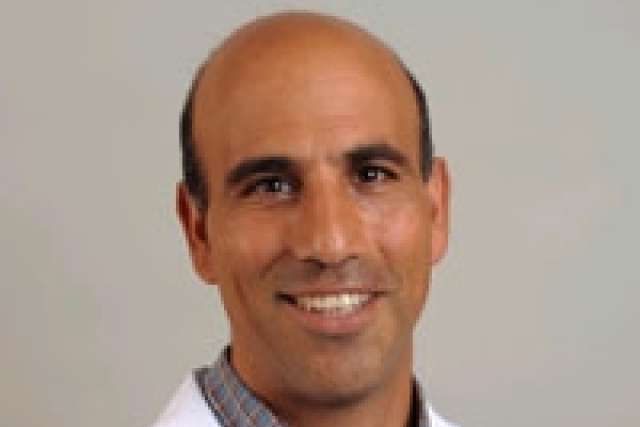Dear Doctor: I’m 71 and, after a recent bone scan, my doctors are insisting I take a bone-building medication. I couldn’t tolerate Fosomax, so they want me to take Prolia. I’m worried about it, but my mother had severe osteoporosis, so I’m worried about that too. How can I choose what to do?
Your worry is well-founded. Osteoporosis is defined as a decrease of bone density greater than 2.5 standard deviations below the bone density of a healthy young adult – and it’s more than three times more common in women than men. Women ages 65 to 80 have a 21 percent incidence of osteoporosis; those over 80 have a 35.6 percent incidence.
In addition, women fall more often than men, making bone loss especially dangerous. Three-quarters of all hip fractures occur in women. Not only are such fractures extremely disabling, requiring surgery and hospitalization, the overall one-year mortality after a hip fracture is 21.2 percent. Spine fractures are even more common than hip fractures in people with osteoporosis. Although they often go undiagnosed, they can cause debilitating pain.
So, obviously, if there is a way to improve your bone density and decrease your chance of fractures, you should do it.
Taking 500-1000 milligrams of calcium a day and maintaining an adequate blood level of vitamin D are important, but to increase bone density, the first-line drug therapy is a bisphosphonate. These drugs, including Fosamax, increase bone mass and decrease the incidence of fractures. I would assume that you couldn't tolerate Fosamax due to irritation of the esophagus and stomach. If that’s the case, you could consider injectable bisphosphonates such as Boniva or Reclast.
That said, all bisphophonates can have rare, but potentially serious, side effects such as osteonecrosis of the jaw, an increased risk of fractures of the femur, and in the case of Reclast, atrial fibrillation. Also, note that people with kidney failure should not take bisphosphonates.
Prolia, given by injection twice a year, is different. It’s a monoclonal antibody that binds specifically to a receptor within bone, inhibiting the normal bone breakdown. Clinical trials showed that, after three years of use, Prolia improved bone density in the spine by 9.2 percent and, after eight years, by 18.4 percent. It improved bone density in the hip by a lesser amount, 4 percent after three years and 8.3 percent after eight years. The drug was also linked to a 68 percent decrease in the rate of spinal fracture and a 40 percent decrease in the rate of hip fractures. In a trial comparing Prolia to Fosamax, those taking Prolia showed a slightly greater improvement in bone density after one year.
That’s not to say Prolia is for everyone. Like Fosamax, it can occasionally lead to osteonecrosis of the jaw and atypical fractures. And, for people with kidney disease, it can lead to drops in calcium levels that can cause muscle spasms and abnormal heart rhythms. Finally, because Prolia is injected into the skin and may affect immune function, it may slightly increase the risk of skin infections at the site of the injection.
In summary, if you cannot tolerate Fosamax, you should consider injectable Reclast or Prolia. These medications do have rare, but severe side effects, but their benefit appears greater than their risk.
Robert Ashley, MD, is an internist and assistant professor of medicine at the University of California, Los Angeles.
Ask the Doctors is a syndicated column first published by UExpress syndicate.




